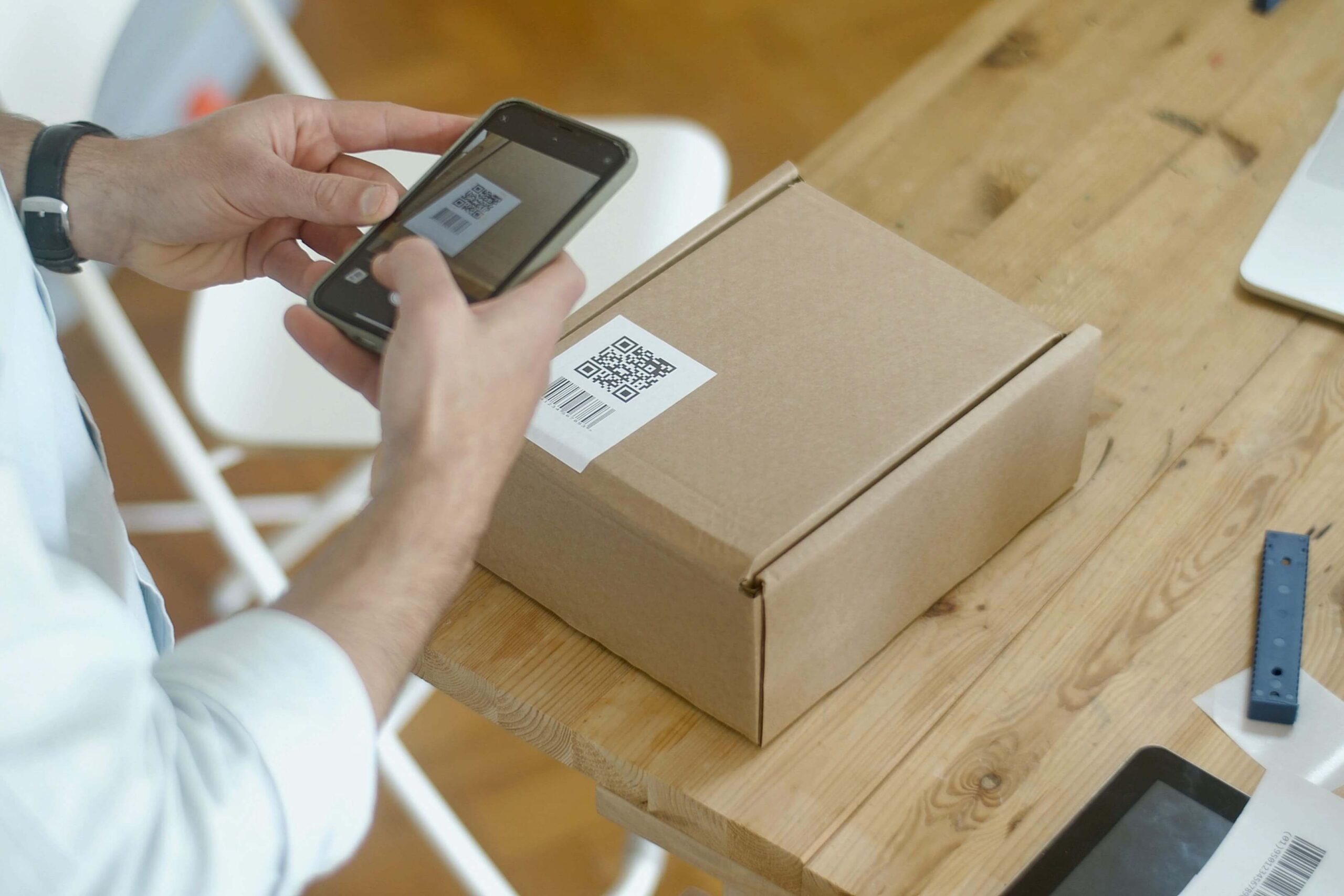QR codes have become increasingly prevalent in our digital landscape, offering convenient and efficient ways to access information, make transactions, and interact with various services. However, with the rise in QR code usage, concerns about their safety and potential vulnerabilities have also emerged. In this article, we will explore the safety aspects of QR codes, examine potential security risks, and discuss best practices to ensure the secure usage of QR codes.
Understanding QR Codes
QR codes, short for Quick Response codes, are two-dimensional barcodes that store data in a square grid pattern. They can contain various types of information, such as URLs, text, contact details, or app download links. To access the information embedded within a QR code, users need a QR code scanner, typically available as a smartphone application.
Security Risks and Concerns
While QR codes themselves are not inherently dangerous, their usage can present security risks. Some of the key concerns include:
- Malicious Codes: QR codes can be manipulated to direct users to malicious websites, download malware-infected apps, or initiate phishing attacks. Scammers can exploit QR codes to deceive users into divulging sensitive information or conducting unauthorized transactions.
- Data Privacy: QR codes can contain personal or confidential data, such as contact information, financial details, or login credentials. If this data is not properly secured, it may be intercepted and misused by unauthorized individuals.
- Counterfeit Codes: Hackers can generate counterfeit QR codes that resemble legitimate ones. These counterfeit codes can redirect users to fraudulent websites or compromise their privacy and security.
Best Practices for Safe QR Code Usage
To ensure the safe usage of QR codes, it is essential to follow these best practices:

- Scan with Caution: Exercise caution when scanning QR codes, especially from unfamiliar or unsolicited sources. Avoid scanning codes received through untrusted emails, messages, or unauthorized posters. Stick to reputable sources or official channels whenever possible.
- Use Trusted QR Code Scanners: Install reliable QR code scanner applications from trusted sources, such as official app stores. These scanners often incorporate security measures and regularly update to address emerging threats.
- Verify URLs: Before visiting a website through a QR code, carefully examine the URL displayed in the scanner app. Watch out for misspellings, unusual domain extensions, or suspicious URL structures that may indicate a potential phishing attempt or malicious website.
- Two-Factor Authentication: Employ two-factor authentication (2FA) for transactions involving QR codes, particularly for sensitive activities such as mobile payments. 2FA adds an extra layer of security by requiring an additional verification step, such as a fingerprint scan or a one-time password.
- Be Wary of Personal Information Requests: Exercise caution when prompted to provide personal information or sensitive data after scanning a QR code. Avoid sharing confidential information unless you can verify the legitimacy of the request and the trustworthiness of the entity collecting the data.
- Educate Users: Promote awareness and educate users about QR code security risks. Encourage individuals to stay informed, exercise vigilance, and report any suspicious activities related to QR codes. By raising awareness, users become more proactive in protecting their own security.
- Encrypt Sensitive Data: If QR codes contain sensitive information, such as payment details or personal data, it is crucial to encrypt that data before generating the QR code. Encryption ensures that even if the code is intercepted, the data within remains protected.
- Regular Updates and Monitoring: Businesses and organizations using QR codes should ensure their systems, including QR code generators, scanners, and associated software, are regularly updated. Staying current with security patches and updates helps safeguard against emerging vulnerabilities.
- Secure QR Code Generation: Employ trusted and reputable QR code generators to minimize the risk of counterfeit codes. Choose reliable services that offer encryption options, and avoid using free, unverified QR code generators that may compromise security.
- Perform Security Audits: Conduct periodic security audits to identify vulnerabilities in the QR code implementation process. Engage security professionals or ethical hackers to assess potential risks and provide recommendations for strengthening security measures.
Conclusion – Are QR Codes Safe?
QR codes offer a convenient way to access information and services, but their safety depends on user awareness and the adoption of best practices. By scanning QR codes with caution, using trusted scanners, and following secure practices, individuals and businesses can minimize security risks and confidently embrace the benefits of QR code technology.
